
Persistence Hunting: How the San People of the Kalahari Master the Art of Endurance
Persistence Hunting: How the San People of the Kalahari Master the Art of Endurance
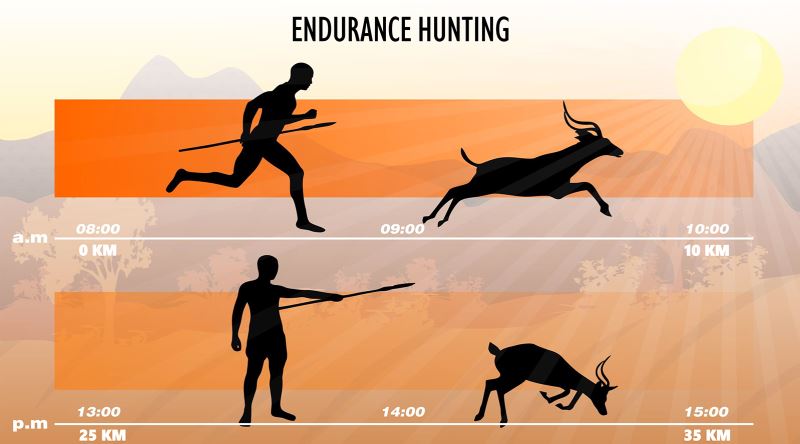
In the heart of the Kalahari Desert, one of the world’s harshest landscapes, the San people have practiced a rare and remarkable hunting technique for generations: persistence hunting. Unlike modern hunting methods that rely on weapons or technology, persistence hunting is about endurance, patience, and an extraordinary understanding of nature.
This ancient technique involves chasing prey on foot for hours, not by outrunning it in short bursts, but by slowly wearing it down—physically and physiologically—until the animal collapses from exhaustion. It's a powerful demonstration of human evolutionary adaptation and our deep-rooted connection to the natural world.
What Is Persistence Hunting?
Persistence hunting is a method in which hunters pursue fast-moving animals, like kudu or antelope, during the hottest part of the day. While these animals can sprint at incredible speeds, they rely on panting to regulate their body temperature. In extreme heat, they must stop frequently to rest and cool down—or risk overheating.
Humans, on the other hand, are uniquely equipped for long-distance running in high temperatures. Through sweating, we can regulate body temperature continuously. This allows San hunters to maintain a steady pace, tracking their quarry relentlessly across miles of open terrain. Over time, the animal weakens, unable to recover, and eventually succumbs to heat and exhaustion—giving the hunter a chance to strike.
The Science Behind Human Endurance
This hunting method offers fascinating insight into human biology and evolution. Several key physiological traits make persistence hunting possible:
-
Sweat glands: Humans have an unusually high number of eccrine sweat glands, enabling us to cool efficiently without stopping.
-
Upright posture: Walking or running on two legs exposes less surface area to the sun and allows better heat dissipation.
-
Efficient locomotion: Human legs and hips are designed for energy-efficient running, especially over long distances.
-
Thermoregulation: Unlike quadrupeds, we don't need to pant, which lets us keep moving even when it’s hot.
These features support the Endurance Running Hypothesis, which proposes that humans evolved as long-distance runners—not sprinters—to hunt and scavenge effectively across open savannas millions of years ago.
Documented in the Modern Era
Though modern technology has changed how most people hunt, persistence hunting is still practiced today—and researchers have documented successful hunts by San men lasting several hours in brutal heat. These real-life observations confirm what scientists have long theorized: early humans likely survived not by overpowering their prey, but by outlasting it.
One account describes a hunter pursuing a kudu for over five hours, patiently tracking and adjusting his path based on the animal’s movement and exhaustion levels. In the end, the kudu slowed, staggered, and collapsed—too fatigued to flee. It’s not just a physical feat; it’s a mental and environmental mastery passed down through generations.
A Testament to Human Adaptability
Persistence hunting isn’t just about survival—it’s a window into our evolutionary past and a celebration of human potential. It shows how early humans adapted to their environment through a blend of biology, behavior, and cultural knowledge.
In a time where convenience dominates most aspects of life, the San people’s ability to track and hunt in this way is a profound reminder of what humans are capable of—with no tools, no vehicles, just skill, stamina, and an understanding of the land.
Conclusion
Persistence hunting highlights a unique intersection of human biology, environment, and tradition. It’s more than a survival tactic—it’s a living link to our past, a tribute to our ancestors' resilience, and a testament to the strength of the human body and spirit. As modern science continues to uncover the evolutionary roots of endurance running, the San people's ancient practice stands as one of the best examples of natural human potential in action.
News in the same category


Greece Rocked By Massive Earthquake As Tsunami Warning Sparks Panic

Sun Unleashes Monster Flare As Scientists Say Earth Could Be Hit By Massive Solar Storm Tomorrow

Modern House Fires Burn Faster: Why You May Have Only 3 Minutes to Escape

Could the Sahara Desert Power the Entire World with Solar Energy?

Drunk Bees? How Fermented Nectar Affects Honeybees in Australia
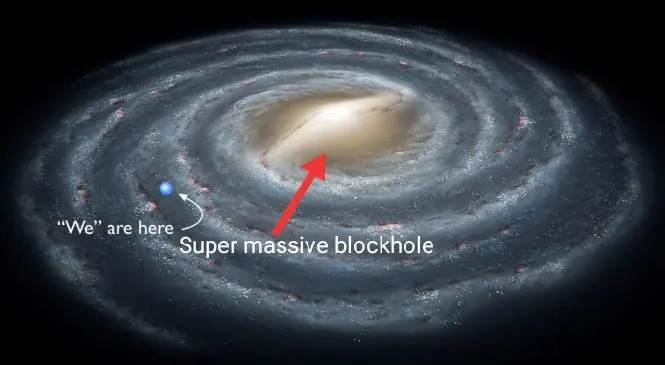
How Small Earth Is in the Universe—And Why That Should Inspire Us

$20 Trillion Tunnel Could Zip You From U.S. To U.K. In Just 54 Minutes

Scientists Baffled By Earth’s Mysterious 26-Second ‘Heartbeat’—Still No Clear Explanation
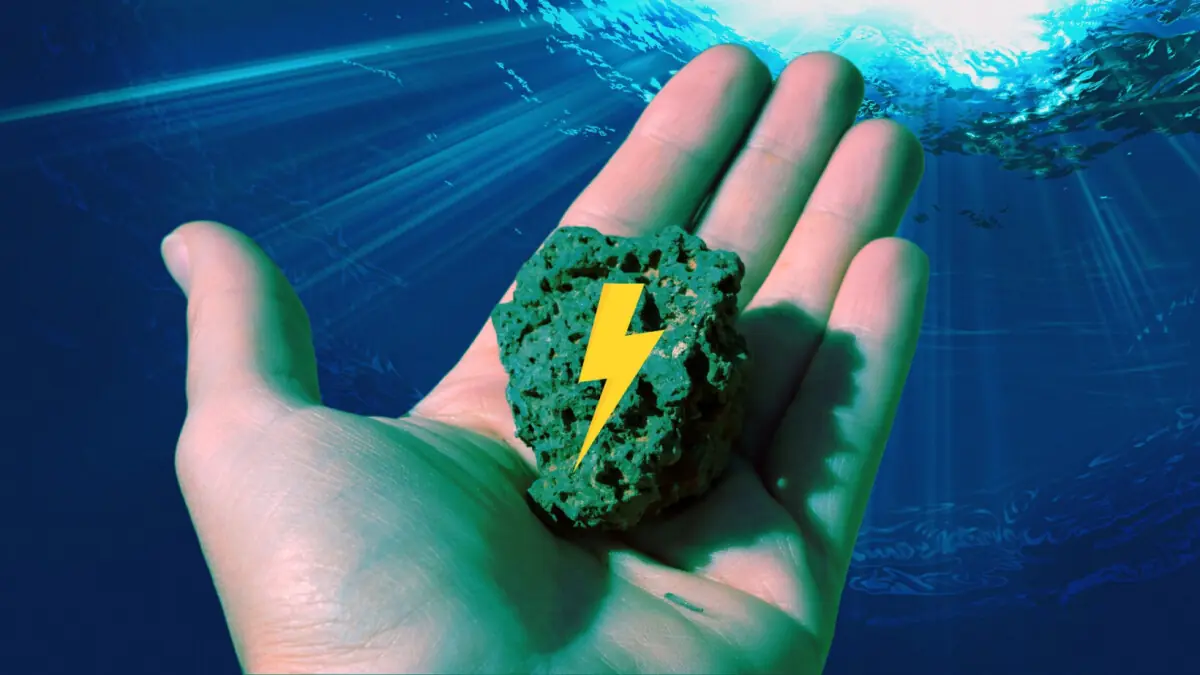
Deep-Sea Discovery: How “Battery Rocks” Are Producing Oxygen 4,000 Meters Below the Pacific
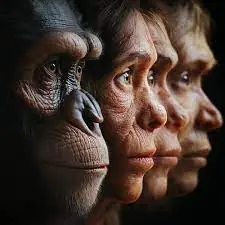
Understanding Evolution: Evidence That Species Evolve Over Time

Alfred Wegener: The Scientist Who Was Laughed at in 1912—But Changed Earth Science Forever

Shocking Discovery Beneath the Great Pyramid of Giza: Lost Advanced Technology?

Scientists Propose Cooling Earth By Spraying 12 Million Tons Of Particles From Boeing Jets

From Recycled Materials To Viral Fame: Teen’s Diy Lamborghini Replica Turns Heads

Astronomer Rides Simulation To The Edge Of The Universe—Chasing Light From The Big Bang

Controversial Inventor’s Mysterious Death Sparks Debate Over Alternative Energy Suppression
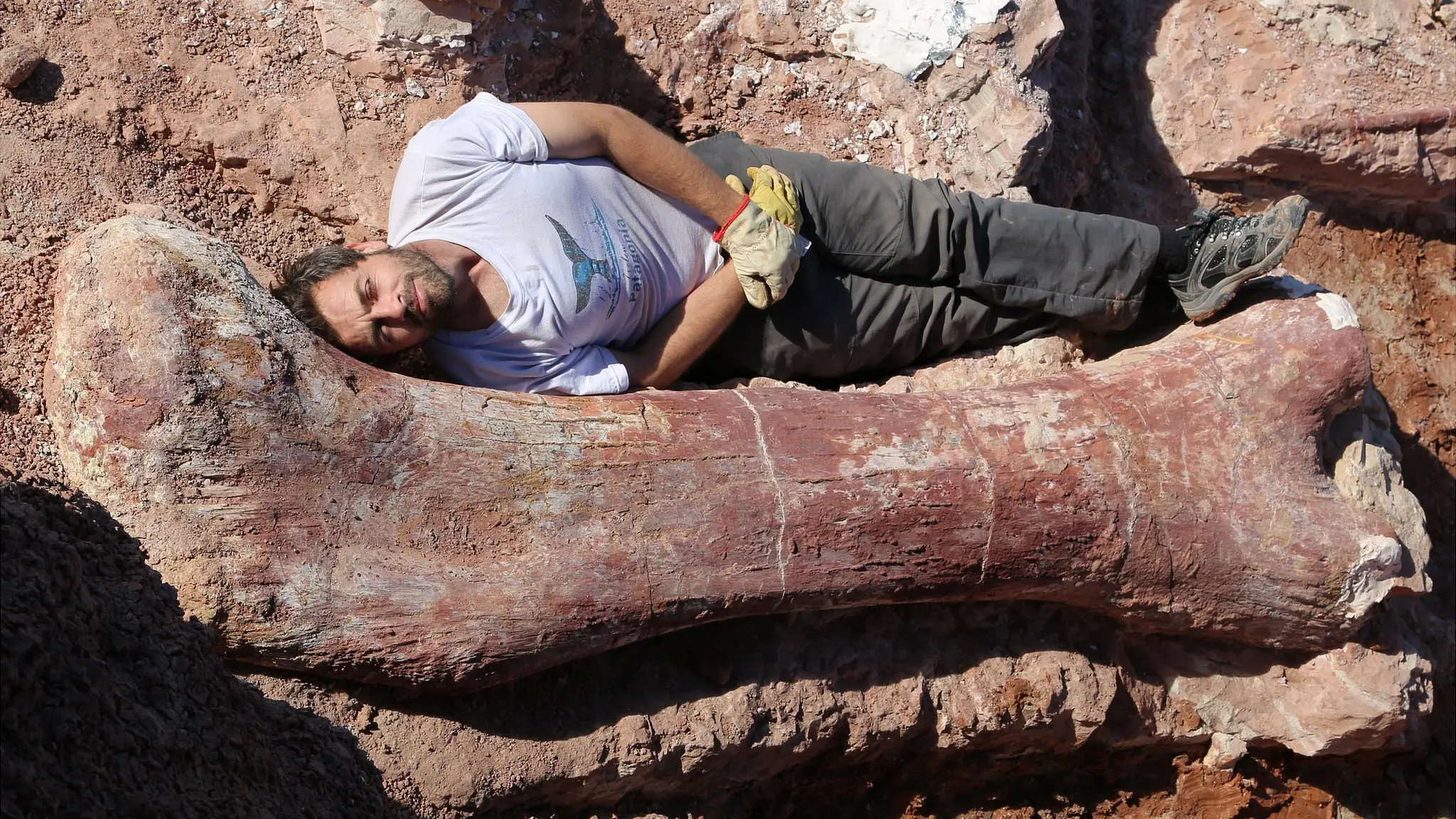
Largest Dinosaur Ever Discovered in Argentina: New Titanosaur Fossil Unearthed

Dark Oxygen" Discovered in Pacific Ocean: A Breakthrough in Understanding Life on Earth and Beyond
News Post

Halley’s Comet Is Back, But This Time, It’s Raining Fire

Breakthrough Cancer Treatment Uses Ultrasound and Microbubbles to Destroy Tumors from Within

Fatty Liver Disease Affects 1 in 4 People — A New Treatment Shows Promising Results

Menopausal Brain Fog? Low Iron Levels May Be the Hidden Cause

Lung Cleansing with a Powerful Natural Garlic Juice

A recent study has uncovered a key switch in aging—and it all comes down to a structure inside your cells called the nucleolus

ScienceScientists Say Viral Infections Could Be The Hidden Cause Of Alzheimer’s — 30 Years Of Research Now Validated

Greece Rocked By Massive Earthquake As Tsunami Warning Sparks Panic

Sun Unleashes Monster Flare As Scientists Say Earth Could Be Hit By Massive Solar Storm Tomorrow

🧄🌿 Natural Remedy for Leg Pain, Rheumatism, Varicose Veins & Arthritis with Cloves and Garlic

Modern House Fires Burn Faster: Why You May Have Only 3 Minutes to Escape

White Clover (Trifolium repens): 15 Benefits and Homemade Uses

A Mom of 7 Demanded My Deaf Grandpa Get Out of the Elevator—So I Brought Her Back to Reality

Could the Sahara Desert Power the Entire World with Solar Energy?

Breakthrough Protein Combo Could Heal Heart Damage and Regenerate Organs

Head Injuries May Reactivate Dormant Viruses and Trigger Alzheimer’s-Like Brain Damage

How Blood Production Changes After 70: New Research Reveals a Surprising Shift

My Ex-husband Got Our House, Car and All Our Money After Divorce – I Laughed Because That Was Exactly What I Planned
